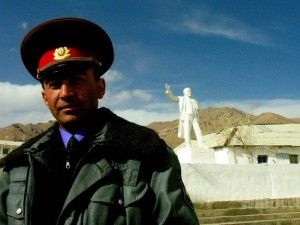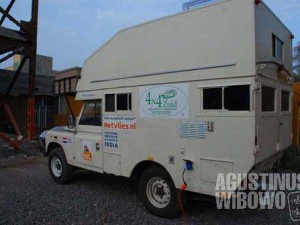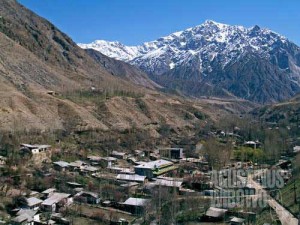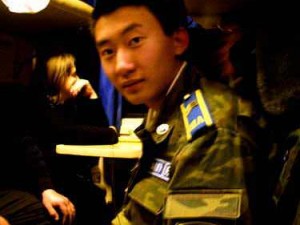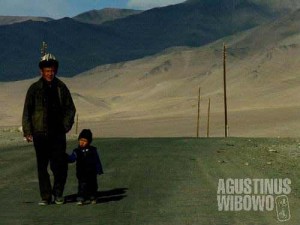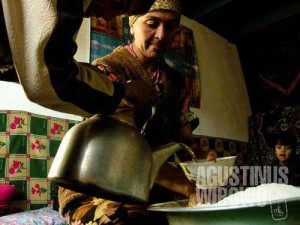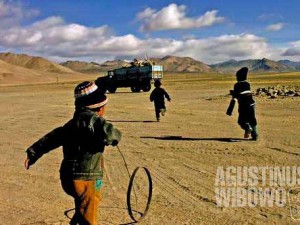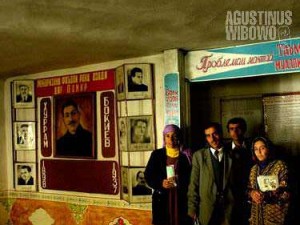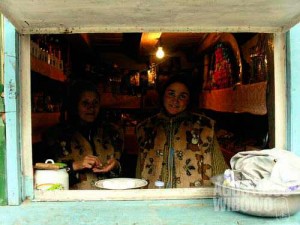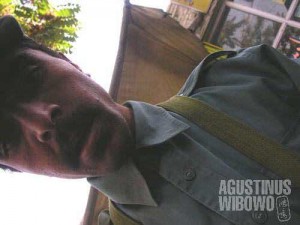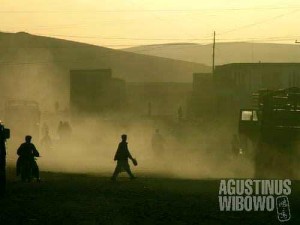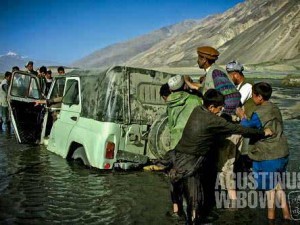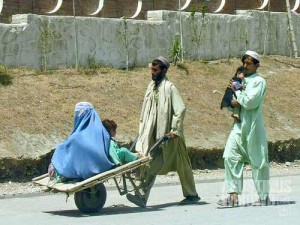#1Pic1Day: Peninggalan KGB | KGB Legacy (GBAO, Tajikistan, 2006)
KGB Legacy (GBAO, Tajikistan, 2006) The Pamir border town of Murgab is among the host of Tajikistan’s last Lenin statues. The statue is located near the offices of the former KGB and the police militia. After the independence of Central Asian nations, anything Soviet-related was removed from sight. Lenin statues and street names were replaced by those of national heroes, and Cyrillic script replaced by Latin. Peninggalan KGB (GBAO, Tajikistan, 2006) Kota perbatasan Murghab di Pamir memiliki salah satu dari beberapa patung Lenin yang masih tersisa di Tajikistan. Patung itu terletak di dekat bekas kantor KGB dan kantor polisi. Setelah kemerdekaan negara-negara Asia Tengah, banyak peninggalan bekas Uni Soviet yang dihancurkan atau dipindahkan. Patung-patung Lenin dan nama jalan Lenin diganti dengan ikon pahlawan lokal (sekarang menjadi pahlawan nasional), dan huruf-huruf Sirilik di sejumlah negara telah diganti menjadi huruf [...]

